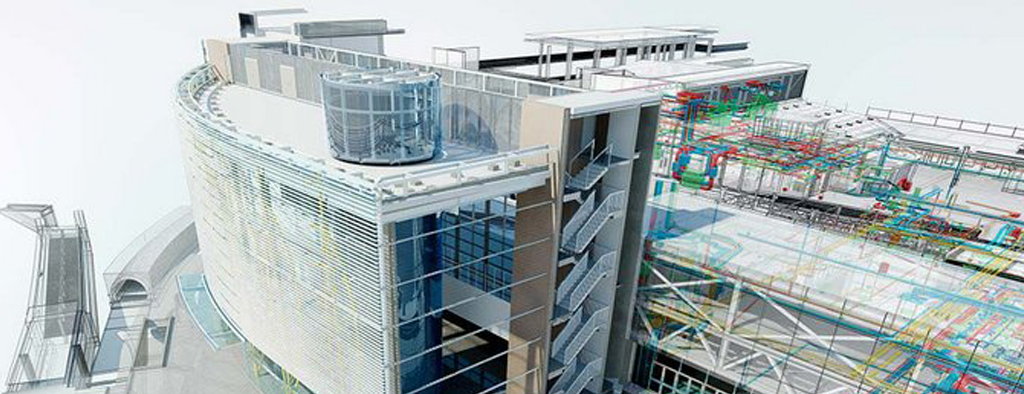Historical Evolution of Quantity Surveying
According to Kirkham (2015), the Quantity Surveying profession can date its roots back to the rebuilding of London after the great fire in 1666. Prior to that, Seeley (1996) says that masons, carpenters and other craftsmen used to be paid per day, i.e. there was no need to estimate the quantity of the work done because payments were not based on that.
During the reconstruction of the city of London, there was a requirement for a large amount of labour. This led to the decision to start paying each craftsman an amount equivalent to the quantity of work done. This requirement meant that there was a need to ascertain the exact quantity of the work done by studying the drawings and specifications to measure the quantities of the various trades/work elements so as to arrive at the cost of the whole building (Kirkham, 2015).
Building owners started designing and building their houses. However, the wealthy people starred hiring and contracting others to design and build for them. These design and build contractors started operating as master builders who were architects. These would employ ‘measurers’ to prepare for them the building resource requirement and cost estimates to facilitate their work (support decision making). To negotiate rates with the building owner, the contractor would employ measurers to measure and value the work after it had been designed and executed, then negotiate on behalf of the various tradesmen with the client and the architect (Seeley, 1996).
In the 19th century, there emerged a system for using the main contractor for executing the works. This involved several bidders submitting bids to the employer for evaluation in order to select a suitable contractor for the execution of the works. The bidders would hire ‘measurers’ on their own and prepare cost estimates for the submission as bids. What resulted was very widely varying bids that made it difficult for the employer to make comparisons. It was later agreed that all bidder would engage only one measurer to prepare the bids then they would price them independently. This led to the development of the Quantity Surveying profession as an independent profession (Seeley, 1996).
Seeley (1996) also argues that since the last world war, building and construction projects have become increasingly complex, with clients demands faster project execution and assurance of value for their money. The design, construction of building also involves the coming together of many professionals, with design and construction separated. All these specialist works needed to be estimated with accuracy and to be coordinated with the main works. Stricter cost planning and control techniques were born out of that need.
Over time, due to various factors and the need to achieve the best economic value for available resources and the fact that resources are not infinite, quantity surveyors have been engaged in the financial management of construction projects including cost estimating and forecasting, cost management, construction techniques and management, procurement processes and contractual matters. Other aspects also related to construction but indirectly affect the environment have also come to the forefront and necessitated the need for sustainable construction.
Quantity Surveying skill set today can be utilized in a diverse way including, but not limited to, arbitration and other dispute resolution procedures, development appraisal, facilities management, insolvency, insurance, property investment funding, taxation allowance and valuation.
Development of information technology and the use of computers in the modern day world brought with it transformations and automation of the processes that are involved in the offering of Quantity Surveying services to clients. Seeley (1996) notes particularly the emergence of computer-aided design(CAD) technology as one of the information technologies disrupting the traditional way of rendering QS services.
Nowadays, with the development of intelligent computer systems, software applications and building information modelling (BIM), the process of measurement of quantities, cost estimation and other quantity surveying services are continually getting automated. QS professionals can now prepare bills of quantities using software such as WinQS or measure directly from 3D models using the BIM technology. This has made it easier to estimate, measure and design the costs of huge and more complex infrastructure projects.
Suggested Texts:
Kirkham, R. (2015) Ferry and Brandon’s Cost Planning of Buildings, 1st edition, John Wiley & Sons, United Kingdom.
Seeley, I. H. (1996) Building Economics: Appraisal and Control of Building Cost and Efficiency, 4th edition, Macmillan Press Ltd.
Seeley, I. H. (1997) Quantity Surveying Practice, 2nd Ed. Macmillan Press Ltd. London, UK.
quantbuild_ke
QuantBuild Academy is an online platform that offers resources, tutorials, tips & training for students, builders and professionals in the built environment. We teach CAD & Project Management software to beginners and share residential design ideas for our readers online.
Tags In
Related Posts
Leave a Reply Cancel reply
Search
Popular Categories
- ARCHICAD Tutorials (4)
- Construction (16)
- Construction IT (12)
- Construction Law (4)
- Cost Management (14)
- Tutorials (5)





